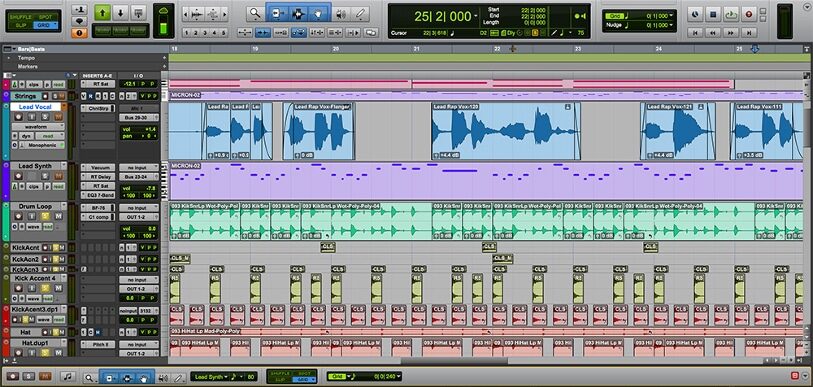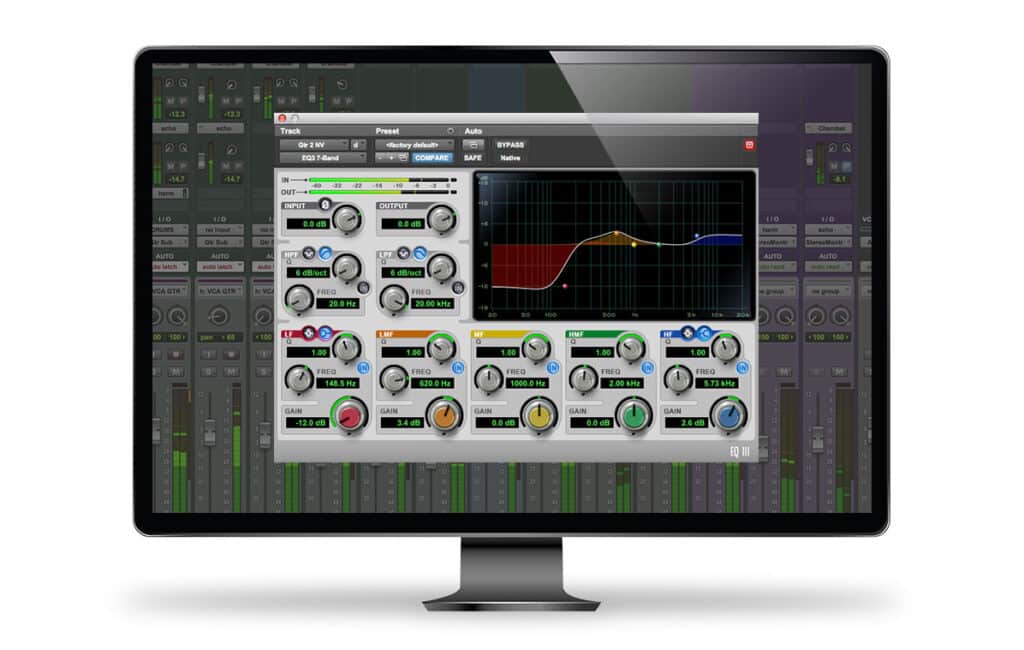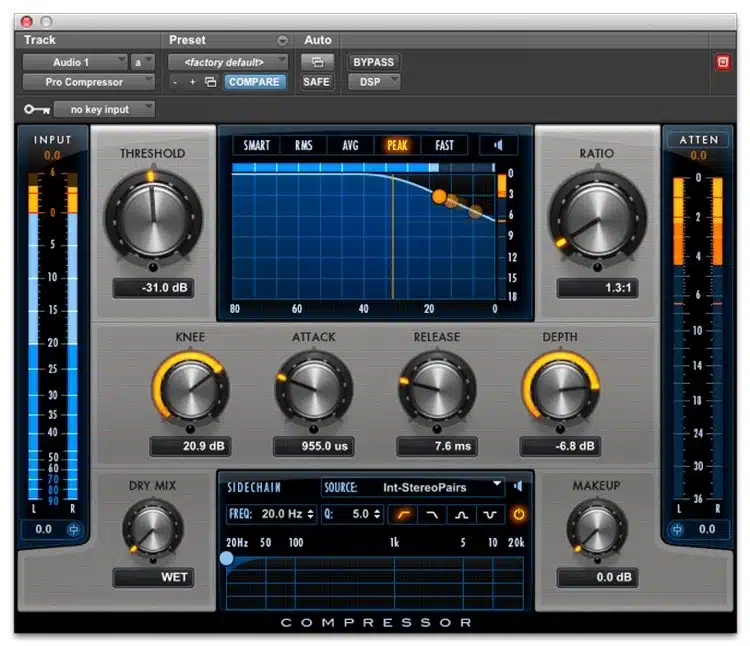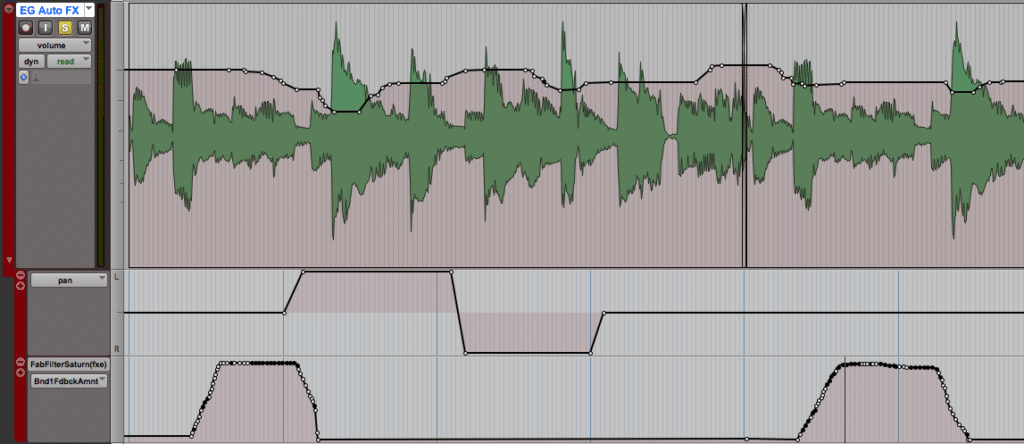In the exciting world of music production, the collaboration between producers, beatmakers, and mix engineers is essential to create outstanding tracks. The synergy between these creative forces can lead to the development of chart-topping hits. This blog post will explore how industry engineers mix producers’ and composer’s beats, instrumentals, and compositions, offering valuable insights and tips for both music producers and mix engineers.
Understanding the Roles:
Before we dive into the mixing process, let’s briefly clarify the distinct roles of music producers, beatmakers, and mix engineers.
- Music Producers: Producers are responsible for conceptualizing the overall sound and direction of a song. They work closely with artists and often craft the foundational elements of a track, including the beat, melody, and arrangement.
- Beatmakers: Beatmakers focus on creating the instrumental foundation of a song. They design drum patterns, melodies, and soundscapes that complement the producer’s vision.
- Mix Engineers: Mix engineers are responsible for the technical aspect of music production, enhancing the quality and balance of all the individual elements in a track to create a cohesive and professional sound.
Let’s now delve into the process of mixing the producer’s beats and instrumentals.
Communication and Collaboration:
Effective communication and collaboration are the cornerstones of a successful production process. When a producer, beatmaker, and mix engineer join forces, they must be on the same page in terms of the artistic vision for the track. This involves discussing the overall mood, genre, and intended emotional impact of the song. By sharing ideas and perspectives, everyone can contribute to the track’s success. Regular meetings and brainstorming sessions can help clarify the vision and ensure that all parties involved are aligned.
Furthermore, collaboration extends to defining the desired sonic qualities of the track. This includes discussions about the texture, dynamics, and timbre of each element in the mix. The producer may have a specific vision for the vocal tone, the beatmaker might want a particular drum sound, and the mix engineer should be receptive to these preferences. Together, they can decide on the direction for the track’s sonic character.
In addition, specific requirements, such as deadlines, technical specifications, and project goals, should be clearly communicated and documented. This ensures that the collaboration is productive and that all parties understand their roles and responsibilities.
Isolate Individual Tracks:
Once the producer’s beats and instrumentals are handed over to the mix engineer, the process begins with the isolation of individual tracks. This is where the mix engineer dissects the components of the song, separating elements like drums, vocals, synths, and effects. This step is crucial because it provides the mix engineer with the ability to work on each element independently, allowing for precise control and manipulation.
Isolating tracks also permits the mix engineer to identify any potential issues or challenges within the individual elements. It’s during this phase that any issues related to phase cancellation, recording artifacts, or undesirable noise can be addressed. By focusing on individual tracks, the mix engineer can ensure that each element is optimized for the best possible sound quality.
Balancing Levels:
Balancing levels is one of the fundamental aspects of mixing. It involves adjusting the volume of each track so that no element overpowers the others, leading to a balanced and harmonious sound. The mix engineer carefully listens to the tracks, adjusting the volume faders to achieve the desired balance.
This step is crucial because it determines how prominent each element will be in the final mix. For example, vocals and lead instruments should typically be more prominent, while background elements like supporting synths and effects are mixed at lower levels to create depth and separation. Balancing levels not only ensures that the mix is cohesive but also prevents any single element from dominating the mix and overshadowing others.
Balancing levels is a continuous process and requires careful monitoring throughout the mixing phase to maintain the desired balance as additional effects and processing are applied.
EQ and Frequency Sculpting:
Equalization (EQ) is a powerful tool used by mix engineers to shape the frequency spectrum of each track. During this stage, the mix engineer can cut or boost specific frequencies to enhance clarity, create space for each element, and correct any tonal imbalances.
For example, if the vocals sound muddy, the mix engineer can apply a gentle cut in the low-mid frequencies to reduce muddiness and bring out the clarity in the vocal performance. Similarly, if a guitar track needs more presence, the mix engineer can boost the midrange frequencies to make the guitar stand out in the mix.
EQ is about making space for each element to coexist harmoniously. By sculpting the frequency spectrum, mix engineers can ensure that the various tracks complement one another without causing frequency conflicts.
Compression and Dynamics:
Compression is an essential tool in the mix engineer’s arsenal. It’s used to control the dynamic range of each track, ensuring that volume fluctuations are evened out. Compression makes the mix sound more polished and controlled, preventing elements from getting lost in the mix or becoming too dominant.
For instance, a vocal track with varying dynamic levels may benefit from compression to make the performance more consistent and present in the mix. Similarly, compressing drum tracks can help maintain a steady groove and prevent sudden volume spikes. Compression is especially useful for bringing out subtle details and nuances in the mix.
Mix engineers use different compression settings for various tracks to tailor the dynamics to the track’s requirements. The balance between transparency and character in compression is an art that mix engineers refine over time.
Spatial Effects:
Spatial effects, such as reverb and delay, play a vital role in adding depth and dimension to the mix. These effects create a sense of space within the music, making it more immersive and engaging.
Reverb, for example, can be applied to vocals and instruments to simulate different acoustic environments, from small rooms to vast concert halls. The choice of reverb type, decay time, and wet/dry mix can significantly impact the mood of the track.
Delay effects create echoes and reflections, adding a sense of space and dimension. By carefully applying these effects, mix engineers can position elements within the stereo field and create a more three-dimensional soundstage.
It’s essential to use spatial effects judiciously, as overuse can lead to a cluttered mix. The goal is to enhance the song’s emotional impact and give it a unique sonic character.
Automation:
Automation is a powerful tool that allows mix engineers to fine-tune the mix on a micro level. It involves adjusting parameters like volume, panning, and effects at specific points in the song to achieve the desired emotional impact and dynamics.
For example, automation can be used to gradually increase the volume of a lead vocal during a chorus to make it more emotionally impactful. It can also be employed to automate panning to create movement in the mix or to introduce subtle filter sweeps during a breakdown for added drama.
Automation adds a dynamic and expressive element to the mix, allowing it to evolve and breathe with the song’s structure. It’s a tool that requires a keen ear and an understanding of the song’s narrative to use effectively.
Reference Tracks:
Using reference tracks is a valuable practice in the mixing process. Mix engineers can select professionally mixed songs in the same genre or style and compare their own mix to these references. This helps ensure that the mix is competitive and well-balanced in terms of tonal qualities and overall impact.
By listening to reference tracks, mix engineers can gain insights into how different elements should sound in the context of a successful mix. It allows them to evaluate their own mix objectively and make necessary adjustments to achieve a similar level of quality and competitiveness in the market.
While using reference tracks is beneficial, it’s important not to blindly mimic them. Instead, mix engineers should use references as a guide to achieving the desired sound while still allowing their creativity to shine through.
Feedback and Revisions:
Feedback and revisions are integral to the collaborative process between the producer, beatmaker, and mix engineer. It’s essential that all parties involved maintain open lines of communication and provide constructive input throughout the mixing phase.
Producers and beatmakers may have specific preferences, artistic directions, or changes they’d like to see in the mix. Mix engineers should be receptive to this feedback and willing to make the necessary adjustments to meet the artistic vision. Collaboration should be a fluid and evolving process, where everyone’s expertise is valued and contributes to the final product.
Regular feedback sessions and iterations ensure that the track aligns with the intended vision, and any discrepancies or issues are addressed promptly. By fostering a collaborative and feedback-driven environment, the resulting mix is more likely to resonate with the intended audience and stand out in the music industry.
In the music industry, the art of mixing producer’s beats and instrumentals is a complex and collaborative process. It requires strong communication, technical expertise, and a shared artistic vision. Producers, beatmakers, and mix engineers all play critical roles in creating music that captivates audiences. If your an aspiring mix engineer, music producer, mastering engineer, or av technician we invite you to tour our Recording Arts & Show Production program.








